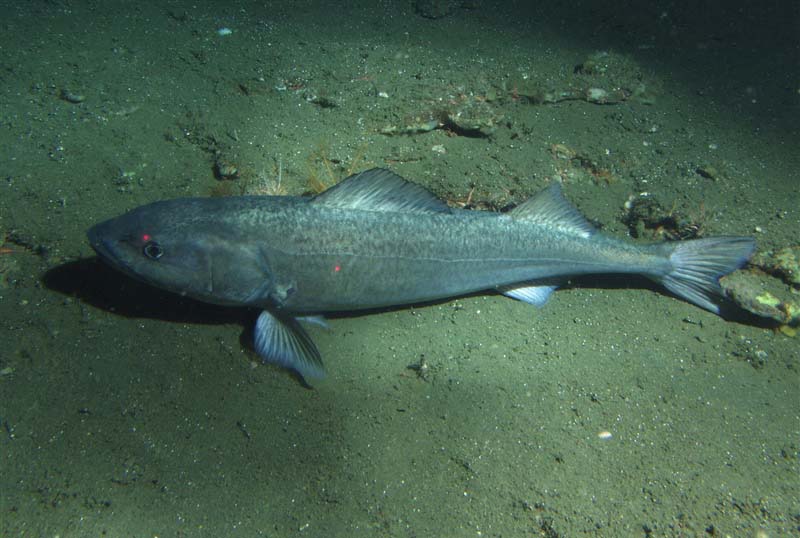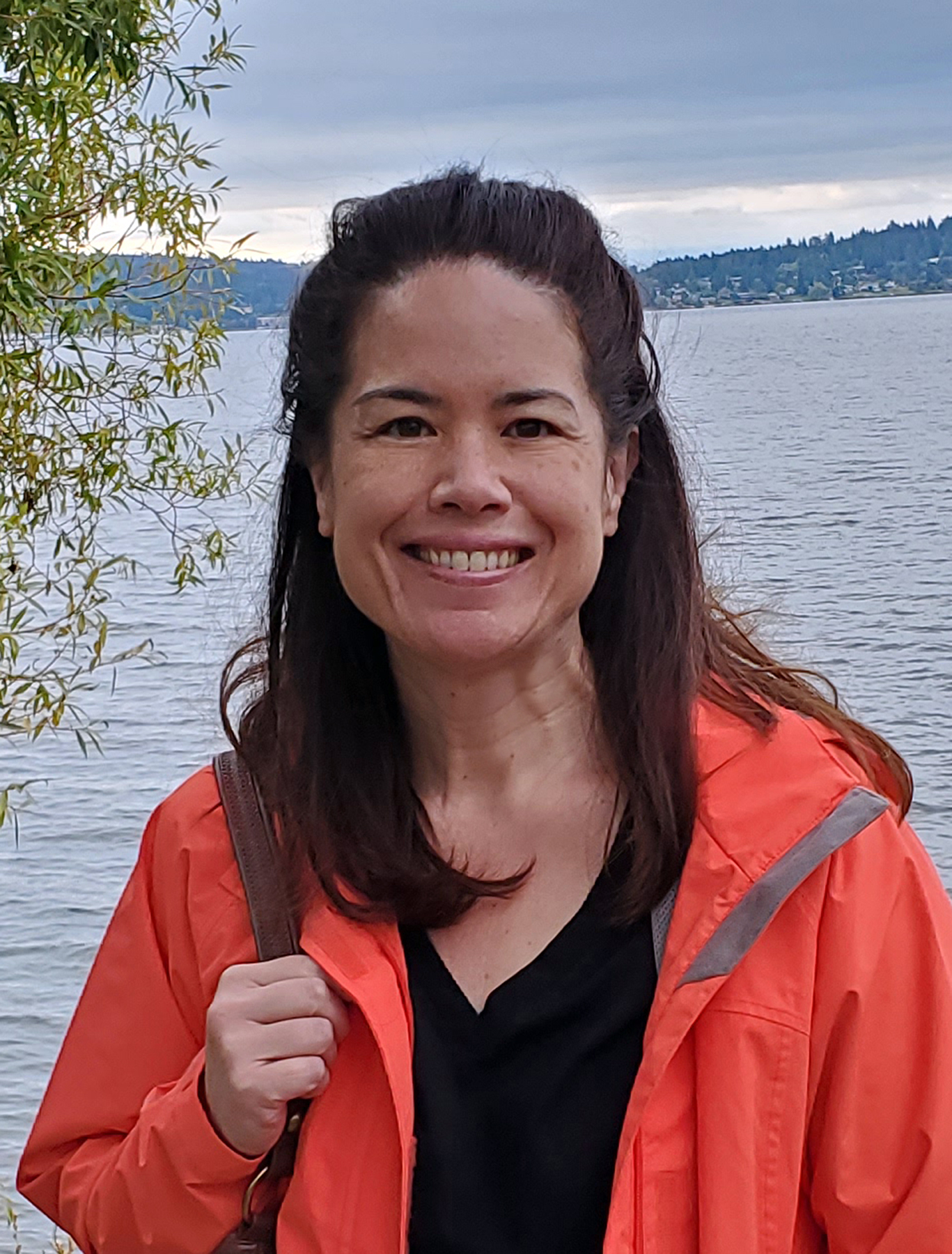Students of Sablefish
The more we study sablefish, the better stewards we become


Sablefish is my grandma’s favorite fish that she’s never heard of. It’s the same miso-marinated, white, flaky delicacy she knew only as “butterfish.” Also called “black cod,” it is the only species with the genus Anoplopoma and is actually not cod at all. Sablefish is found on menus around the globe and is especially popular in Japan—and in Hawaii, where my grandma grew up.
Sablefish live in the Pacific Ocean in waters from 300 to 2,700 meters deep (that’s 980 to 8,860 feet). They reach maturity at five to seven years, can live to be more than 90 years old and females, which are larger than males, can grow to more than three feet long. Juvenile sablefish have been known to migrate more than 2,000 miles, the equivalent of swimming from California to Hawaii.
The sablefish population is healthy in the Pacific Ocean along the United States’ coast and in Canada. The fishery has been sustainably managed for decades.
But even well-managed fisheries are impacted by climate change. “Our fishermen experience climate change firsthand and are constantly adapting their fishing operations as these environmental changes occur,” said Bob Alverson, Executive Director of the Fishing Vessel Owners’ Association. The problem is that changes are happening more often and are unpredictable because of climate change. Alverson noted that many fishermen, especially in the North Pacific, are seeing smaller fish in their catch. This is a good sign that the overall population is healthy but frustrating for the fishermen who would rather catch sablefish that are of marketable size now and allow the younger fish to grow and contribute to the population before being harvested. “Everyone is trying their best,” he acknowledged, “but it’s like the management system can’t keep up with the pace of changes that are happening on the water.”
Indeed, the management response can often be delayed. Scientists have regularly assessed the status of the sablefish population for more than 15 years, and many pieces of the puzzle are just now starting to fit together. In particular, scientists are making progress on two key questions regarding sablefish: “How are sablefish populations doing across their entire range—which spans fisheries management boundaries?” and “How do environmental conditions affect recruitment, which is a measure of how many new young fish survive to enter the population each year?” Answering these questions can help tailor better management for sablefish and allow managers to better respond to changes in environmental conditions, including those that result from climate change.
To help answer the first question, Scientist Melissa Haltuch of the NOAA Northwest Fisheries Science Center is one of three regional leads working on a project to collaboratively analyze sablefish data and methods to assess population status range-wide, spanning existing management boundaries across Alaska, British Columbia and the Pacific Coast of the United States. Results of the project and the ongoing sablefish research will be shared with fishery managers and stakeholders through a Management Strategy Evaluation (MSE) process, including a range-wide re-analysis of biological data on growth and transboundary movement of sablefish. The project will offer improved advice to regional fishery managers by better reflecting what is known about the stock across borders. “I am thrilled to be working with an outstanding team of scientists and researchers to improve the scientific advice we can offer to regional fishery managers,” said Dr. Haltuch.
Scientists addressed the second question back in 2009 when they first explored how environmental factors could affect sablefish recruitment and discovered there may be a link to survival tied to sea level. A decade later, this linkage was more clearly confirmed to be a useful indicator for sablefish recruitment numbers when Dr. Haltuch and others conducted another scientific study. Their results showed that deeper sea waters have colder water temperatures and generally produce better habitat and feeding conditions for young sablefish. These deeper waters rise to the surface to replace the surface waters that were blown away by winds through a process known as “upwelling” which can bolster sablefish recruitment.
This discovery has proved helpful in several ways. Because sablefish harvested in the commercial fishery are typically 20 to 40 years old, the number of sablefish we can catch today depends, in part, on the environmental conditions (which can be measured by sea levels) that were present 15 to 35 years ago. Also, the current state of the California Current Ecosystem, where sablefish live (as well as thousands of other species of fish), will affect how many fish we can catch 20 years from now—unless there is a dramatic shift in oceanographic conditions in the next 20 years. How upwelling, and the associated beneficial habitat and feeding conditions it produces, will be affected by global sea level rise is still unknown, but such issues continue to be studied. Many juvenile fish, including salmon and rockfish, generally favor the same kinds of habitat and feeding conditions as young sablefish. Consequently, using these ecological connections to inform decisions can help managers of those fisheries prepare for climate change impacts as well.
I may have been able to teach my grandma a few things about her favorite fish, but in the process of learning about them, they taught me how to be a better steward of, and advocate for, our ocean resources. Being more aware and better prepared for what may happen in the future is our only hope of keeping fisheries sustainable.